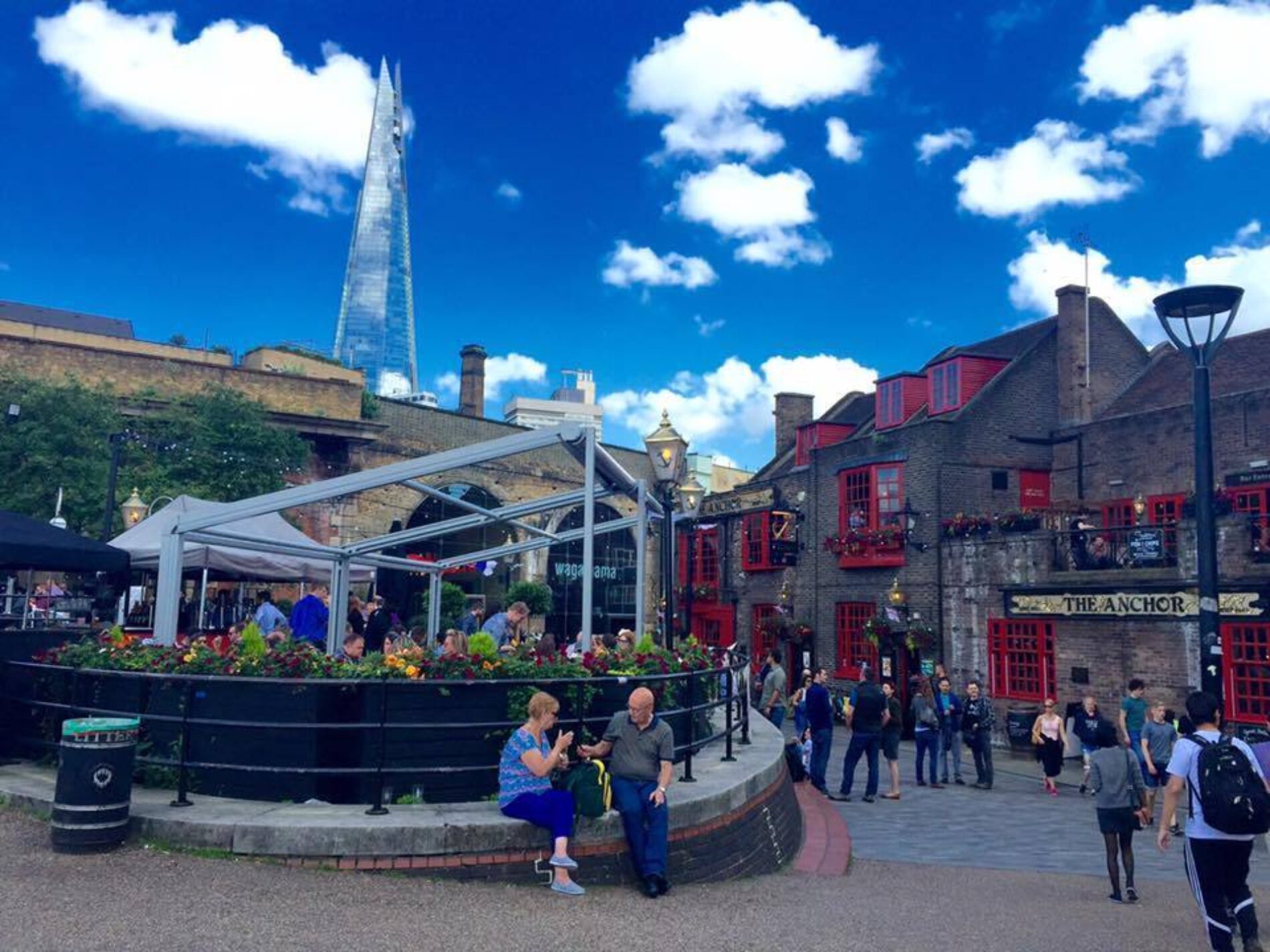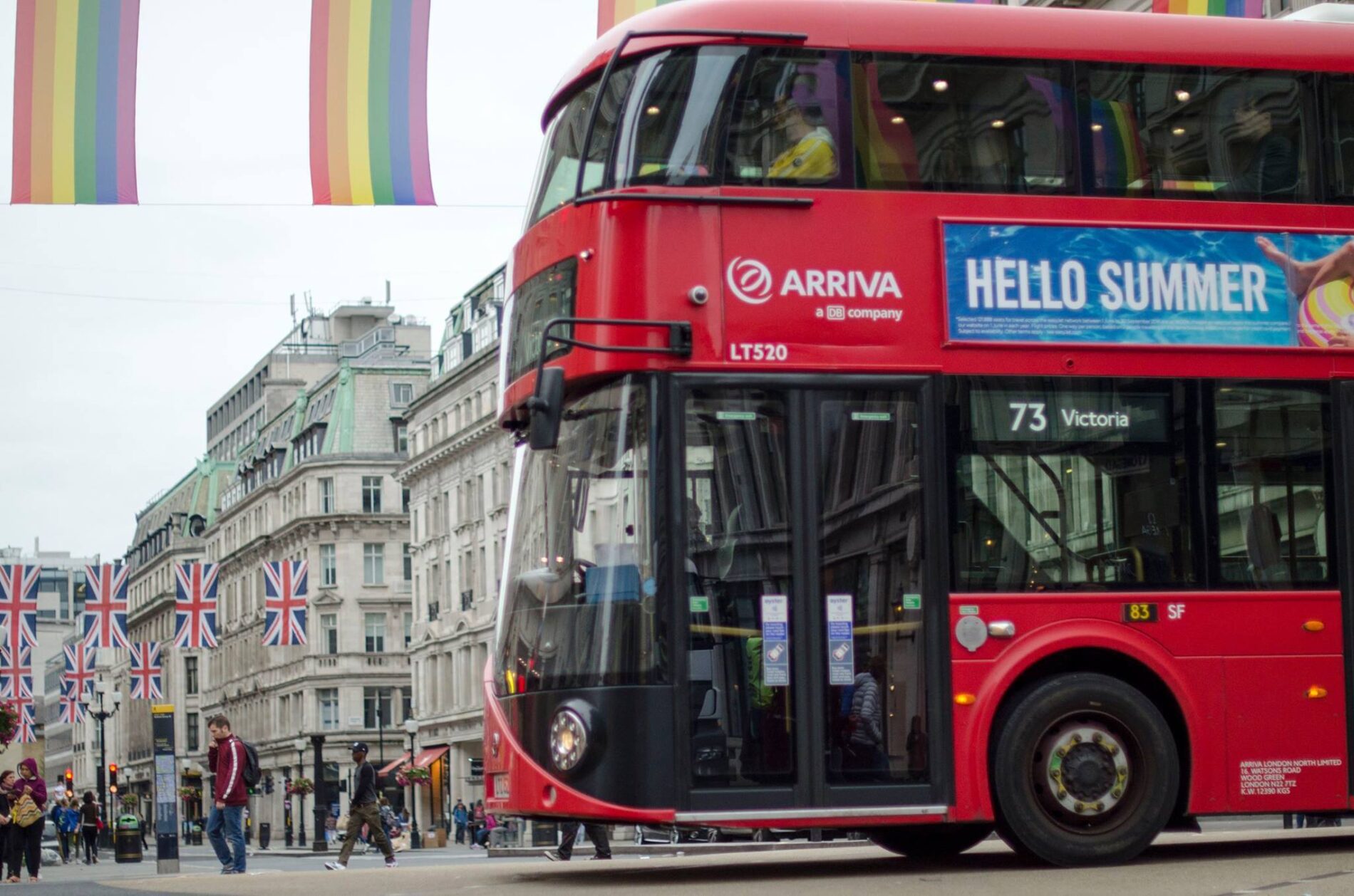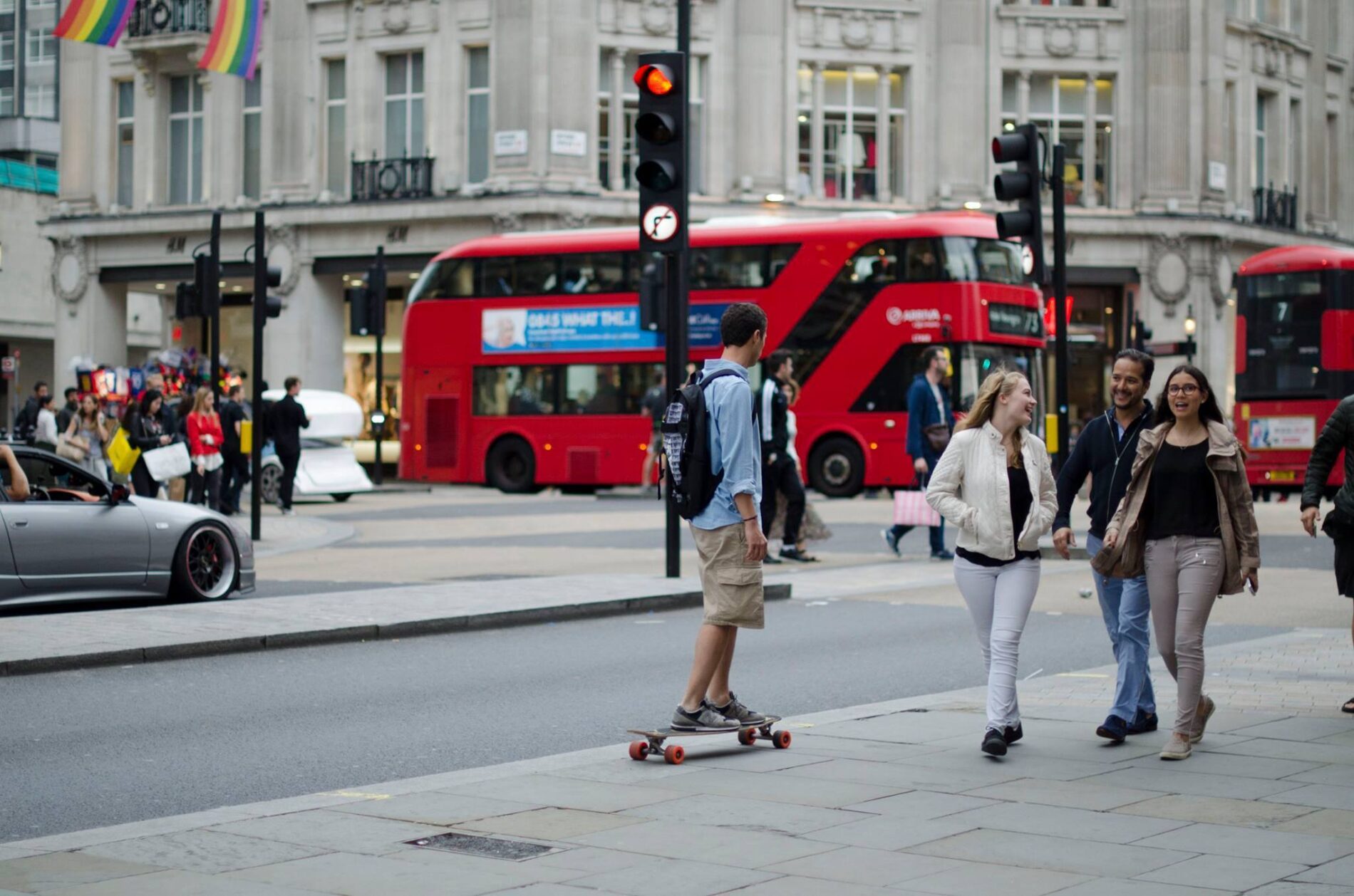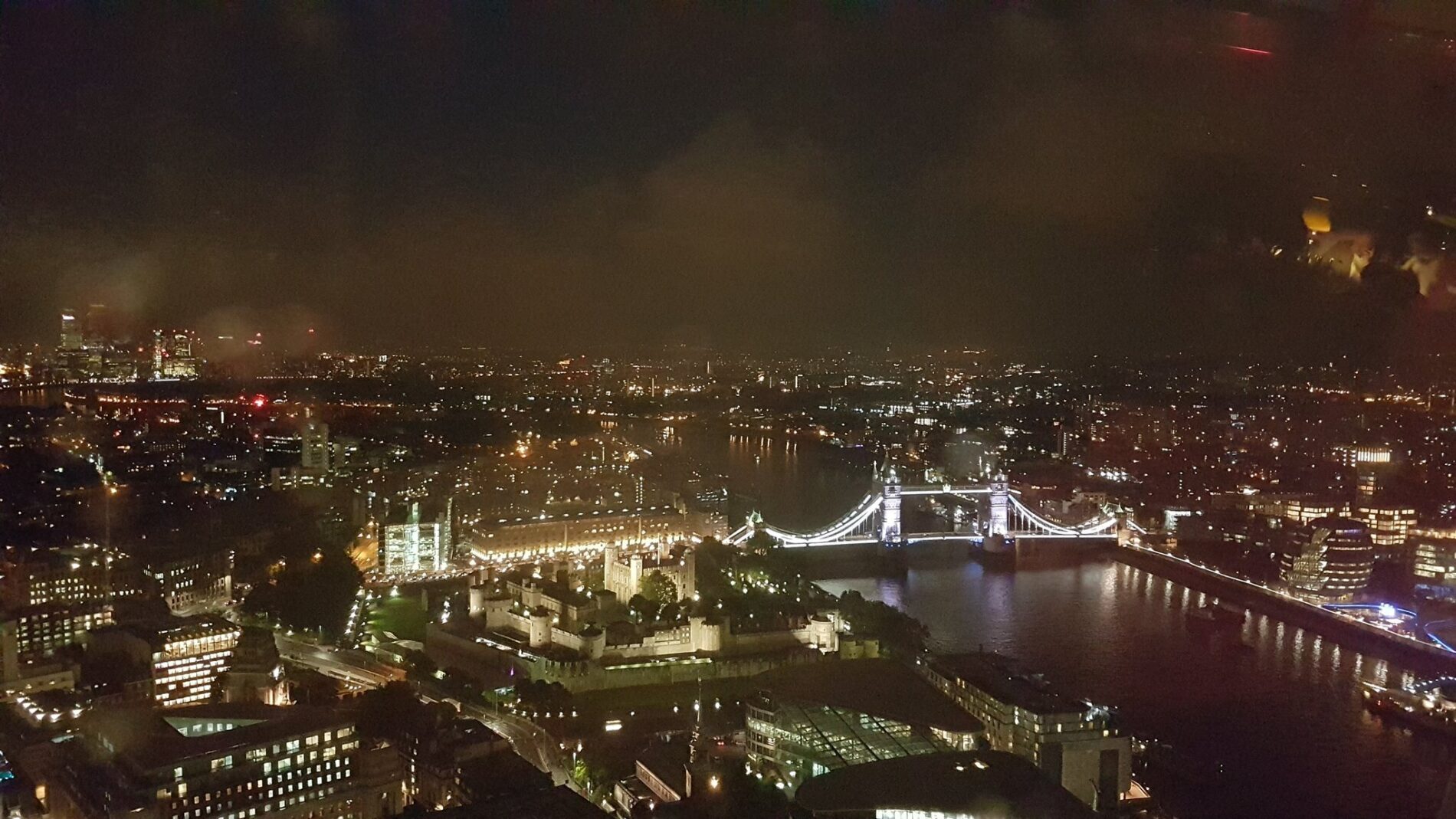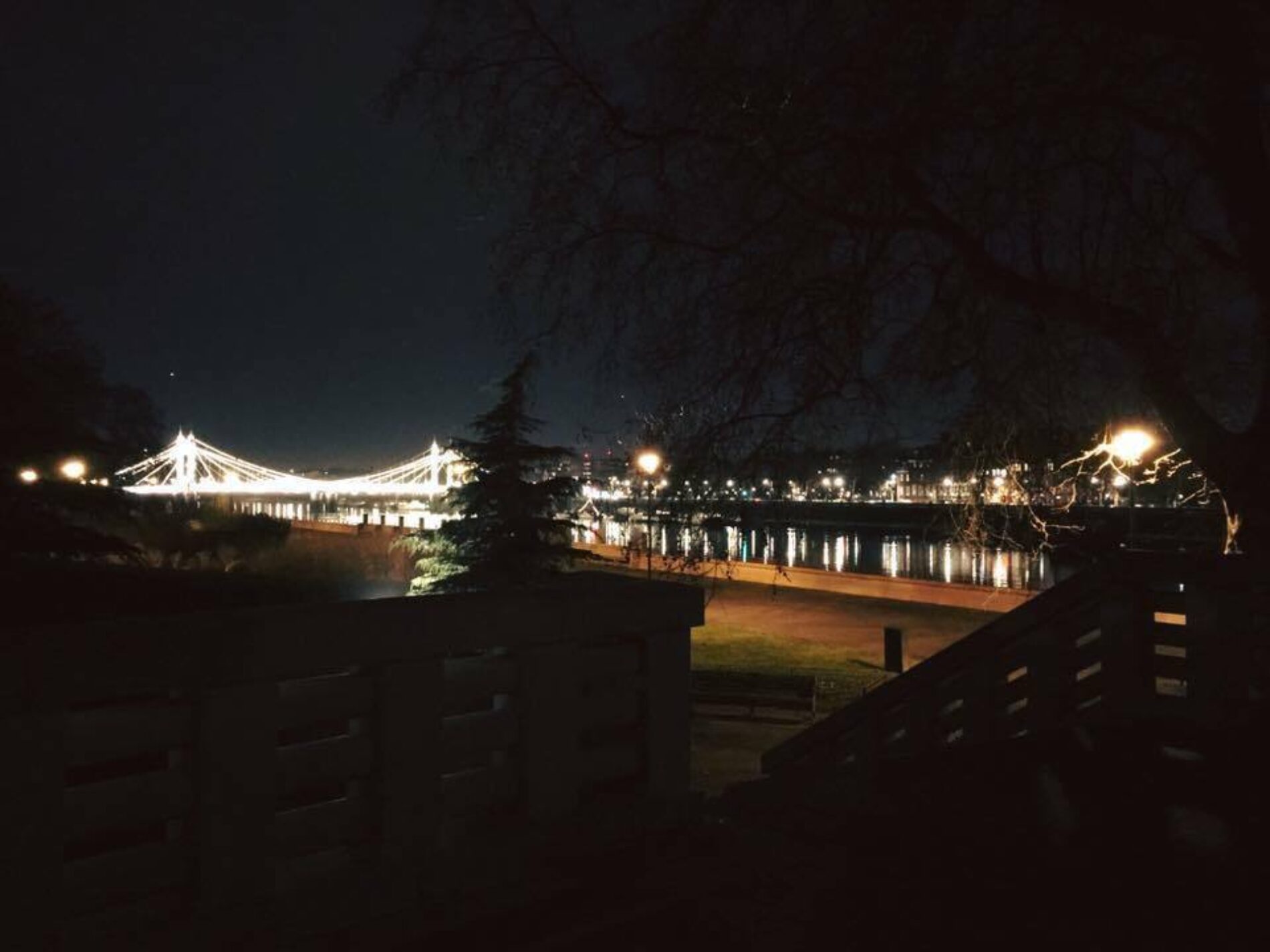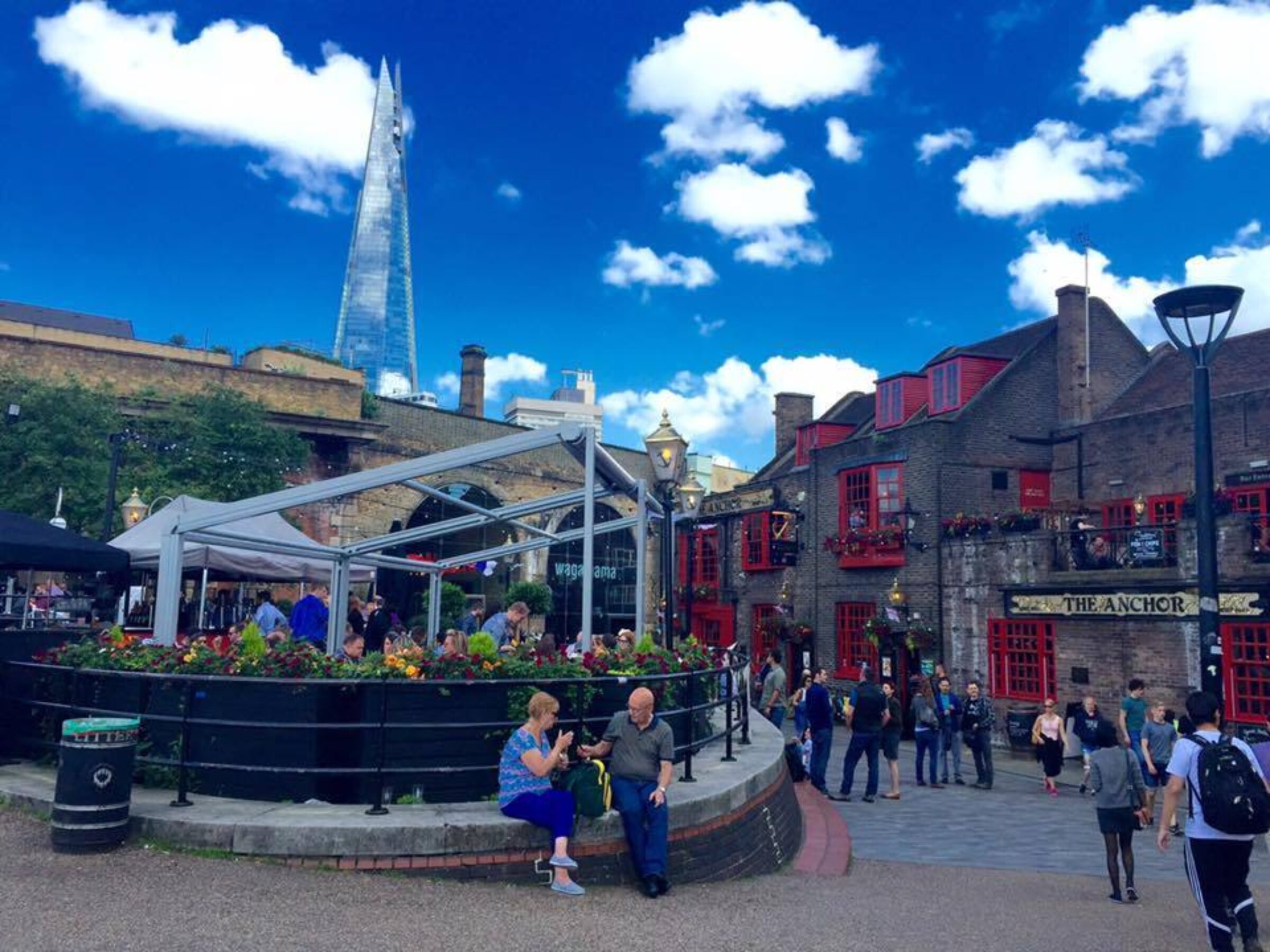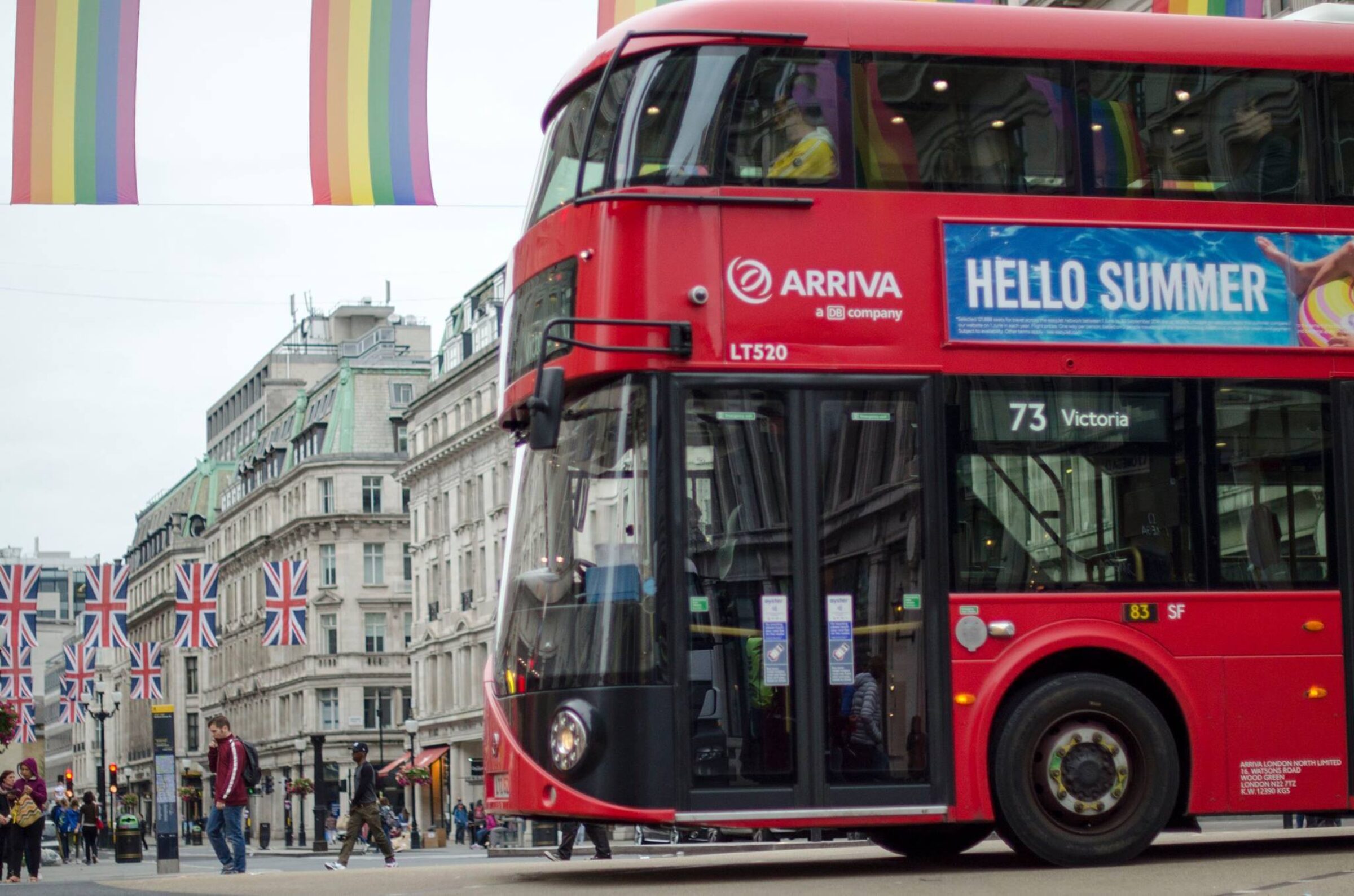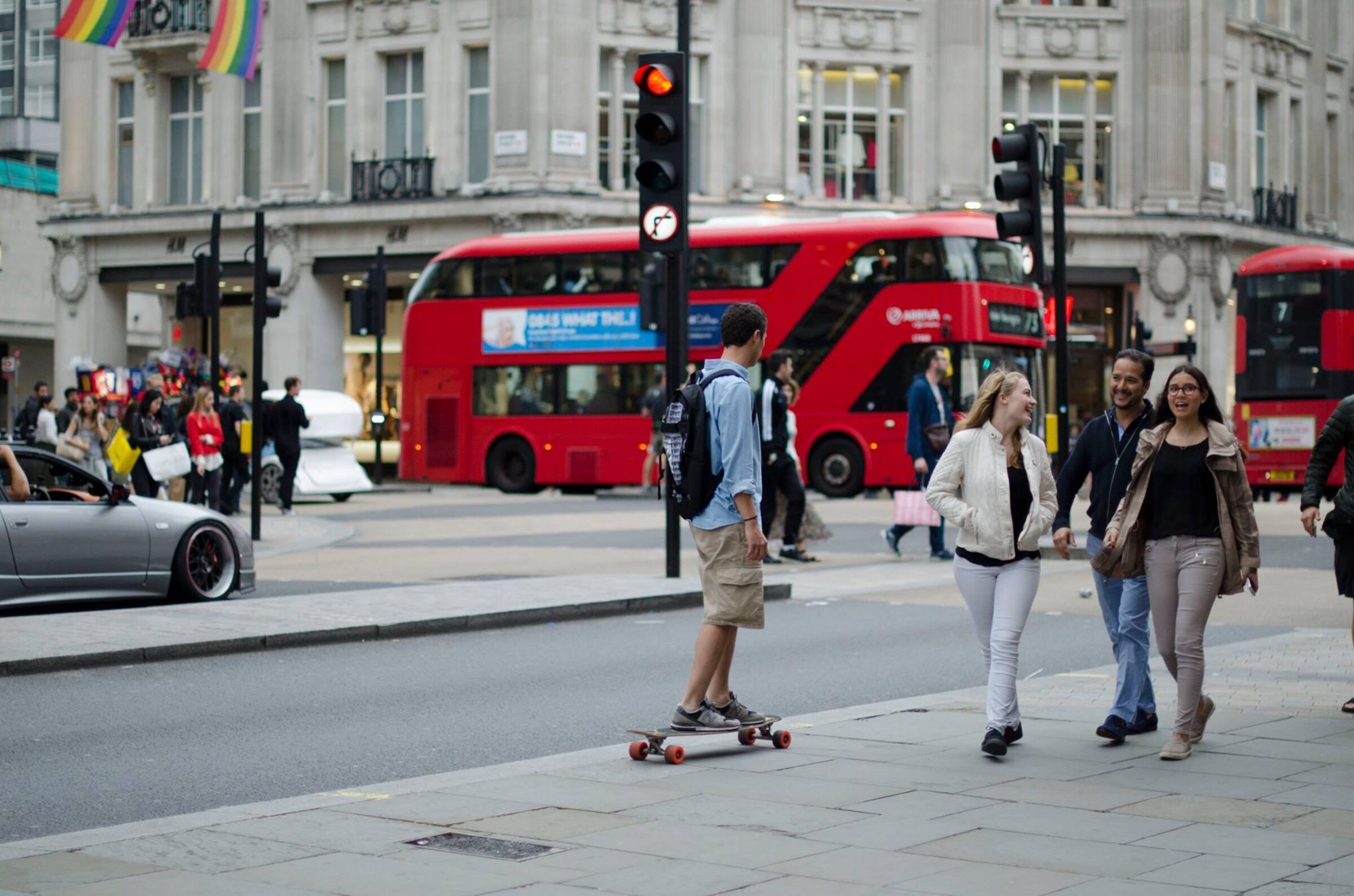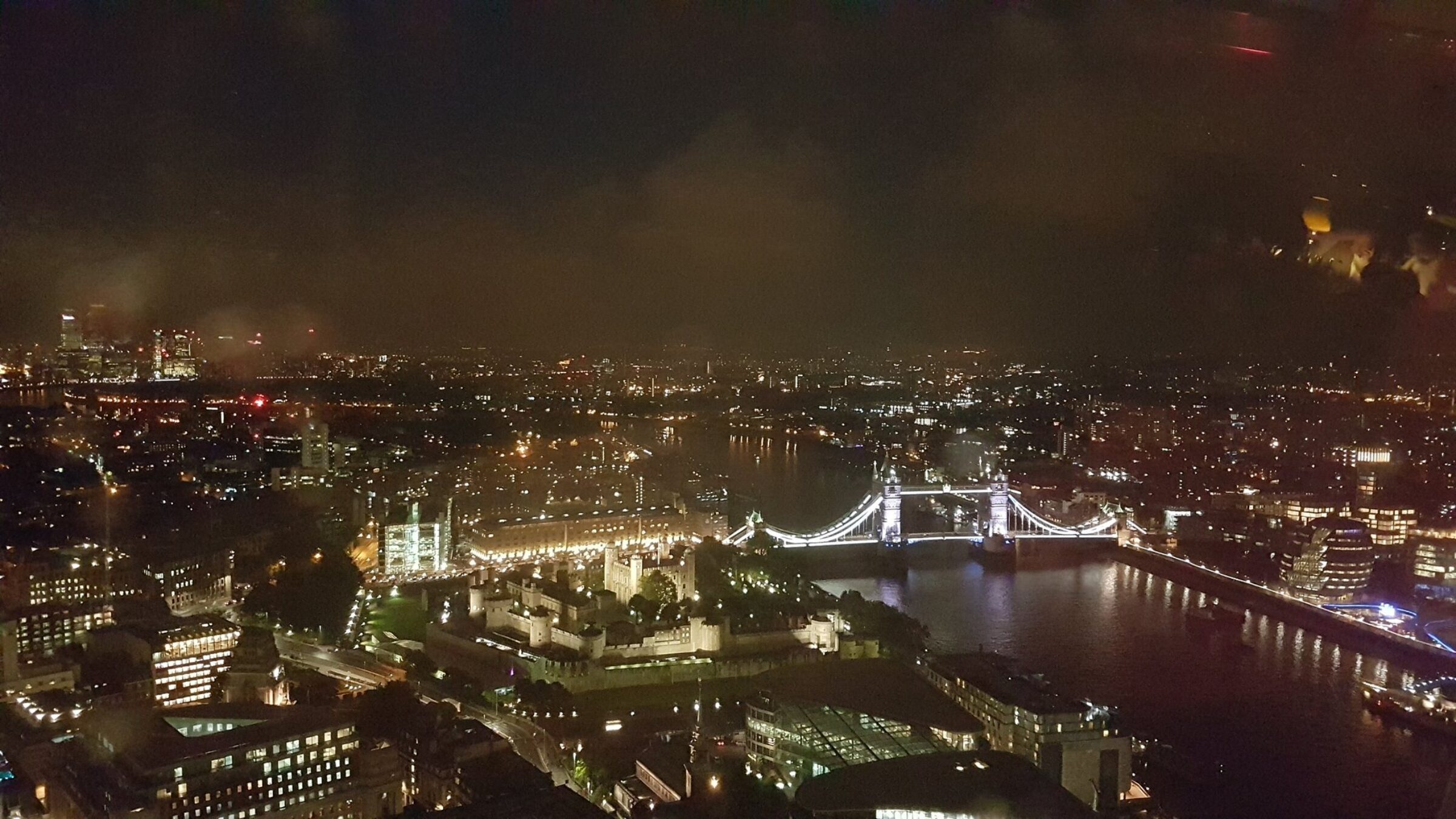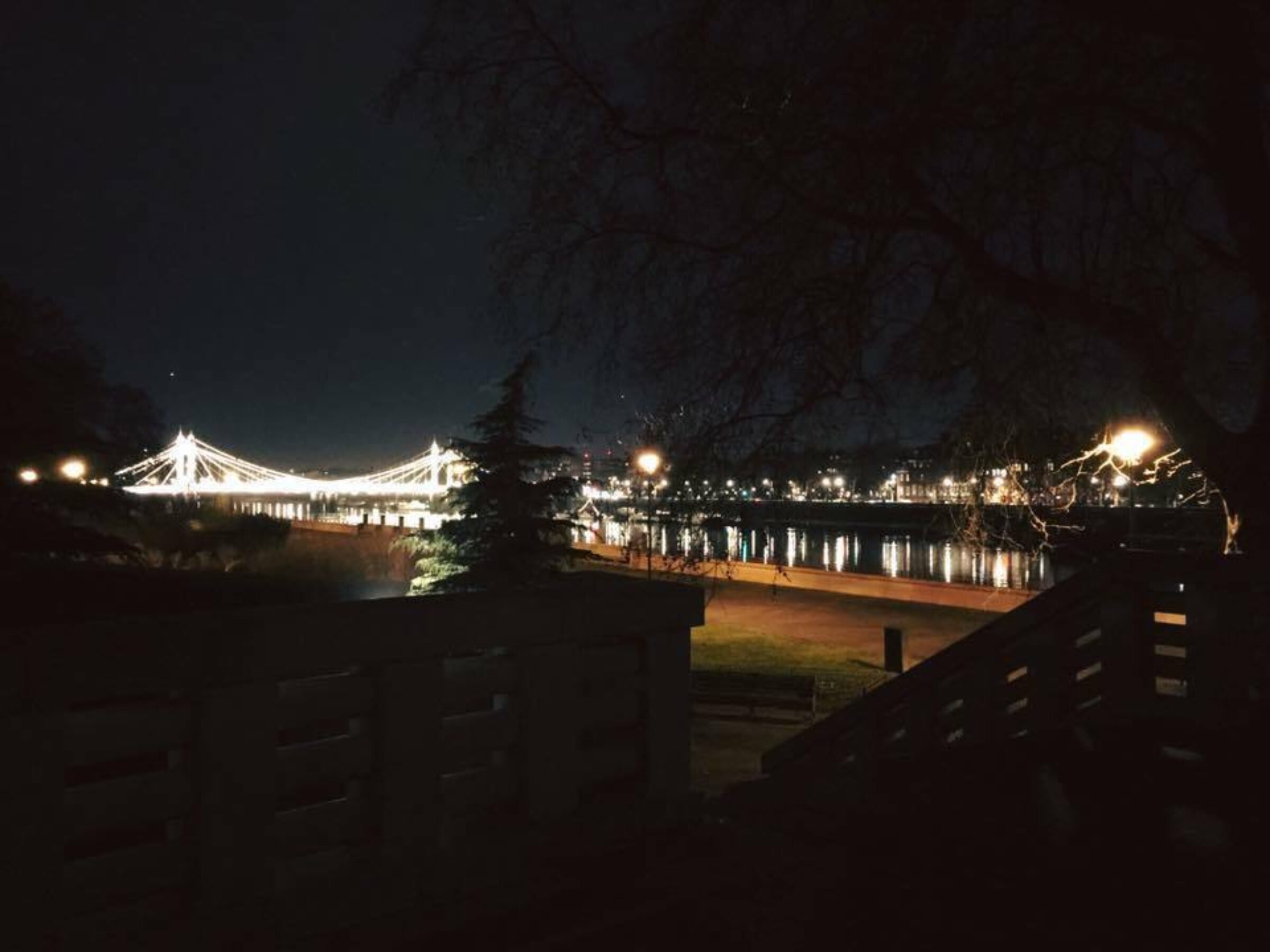Fright Night: A Brief History of Halloween
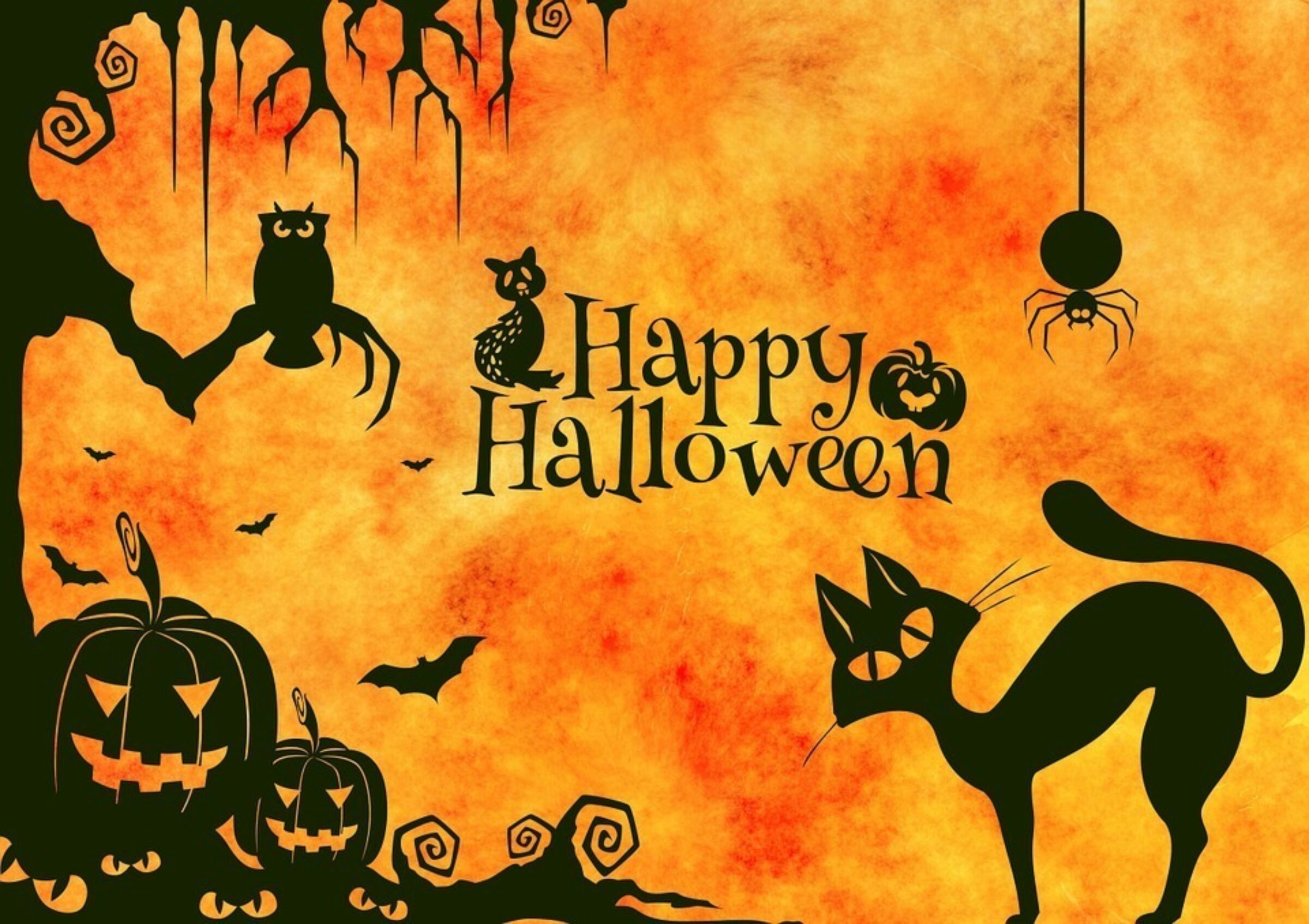
By Rachel Rowland ( ABC’s Academic Coordinator )
The scariest time of the year is upon us. Many people will dress up as ghosts and ghouls on 31st October, ready to terrify their friends, family and neighbours! Many children will go from door to door, asking for treats and excitedly shouting the phrase ‘trick or treat!’ But what is Halloween really all about? Where did it originate from? And, why do children go trick or treating?
Halloween goes back more than 2,000 years, to a pre-Christian festival called Samhain, pronounced SAH-win. The festival marked the end of the summer and the beginning of winter. Celtic people were a group of people living in the area that we know as Ireland, the United Kingdom and northern France and, during that time, they celebrated their new year on 1st November.
The Celts believed that on 31st October, the souls of the dead would visit the earth and walk among the living. The Celts would dress up in costumes because they believed that the ghosts would not bother them if they were in disguise. They offered animal sacrifices and built bonfires in the hope that the Celtic gods would be kind to them during the, often harsh, winter months. Sometimes they lit candles or carved lanterns out of vegetables such as squash to light the way for good spirits.
Later, by 43A.D, the Roman Empire had conquered Celtic lands. The Romans brought with them their own festivals and beliefs but they combined some of them with Samhain. For example, the Romans had a special day in late October which commemorated the death of loved ones and the day after they had another special day to honour the Roman goddess of fruit and trees.
Many believe that eventually, as the Roman and Celtic festivals combined, traditions were intertwined and some are still practiced today, including ‘bobbing’ for apples which was originally a part of the festival to honour the Roman goddess. Later, by 9th century, Christianity had spread all across the Celtic lands and the church wanted to replace the Celtic festival of the dead with a day to celebrate and honour saints. However, All Saint’s Day, as it was called, was very similar to Samhain as people lit bonfires and dressed up in costumes. The celebration was also called All-hallows, later known as All-Hallows eve and eventually becoming Halloween.
As for trick or treating, this began in the Middle-Ages. Children and poor people would dress up in costumes and go to people’s houses, begging for food or money in exchange for songs and prayers for the dead. This was called “souling” and the children were called “soulers”. By the 19th century, souling became “guising” ( from “disguising” ) which was a bit more light-hearted. Instead of offering prayers, children would dress up and entertain people by telling jokes, singing songs and playing musical instruments in return for food.
So, how did the traditions of Halloween reach America? From around 1845 to 1855, many Irish Catholics left Ireland because of a potato famine and flocked to America in the hope of finding a better life. It is thought that the Irish immigrants brought some of their traditions with them to America, including Halloween.
The first instances of trick or treating (“guising”) happened in North America in the 1920’s. Eventually, the tradition spread all over America and still continues to this day. Back in the 1920’s and 1930’s, children no longer performed for treats but instead vandalized property or played pranks on their neighbours if they didn’t get treats! Nowadays, around 35 million children in the U.S aged between 5-13 go trick or treating every year and they are usually well behaved, simply asking for candy without playing naughty tricks.
Trick or treating the American way spread to the UK in the 1980’s but many British people resisted this American tradition for many years. Nowadays, people all over the World celebrate Halloween and trick or treating is common practice as well as bobbing for apples, carving faces into pumpkins and remembering the lives of dead friends and relatives in various ways.
In Czech culture, chairs for dead family members are placed by the fireplace on Halloween night alongside chairs for every person still living. In Austria, some people leave food out on the table before going to bed to welcome dead souls back to the Earth. In Mexico, Day of the Dead is celebrated to remember friends and family members who have died.
As you can see, many people still follow the traditions of the Celts on 31st October every year but don’t even realise why they are carving faces into pumpkins, going trick or treating or dressing up as ghosts!
Luckily for you, you now know the history behind Halloween and you can share this knowledge with your friends. Wherever you go or whatever you decide to do for Halloween, spare a thought for our poor Celtic ancestors, who were terrified of what Halloween night would bring. Have a spooky time and stay safe! 😊


